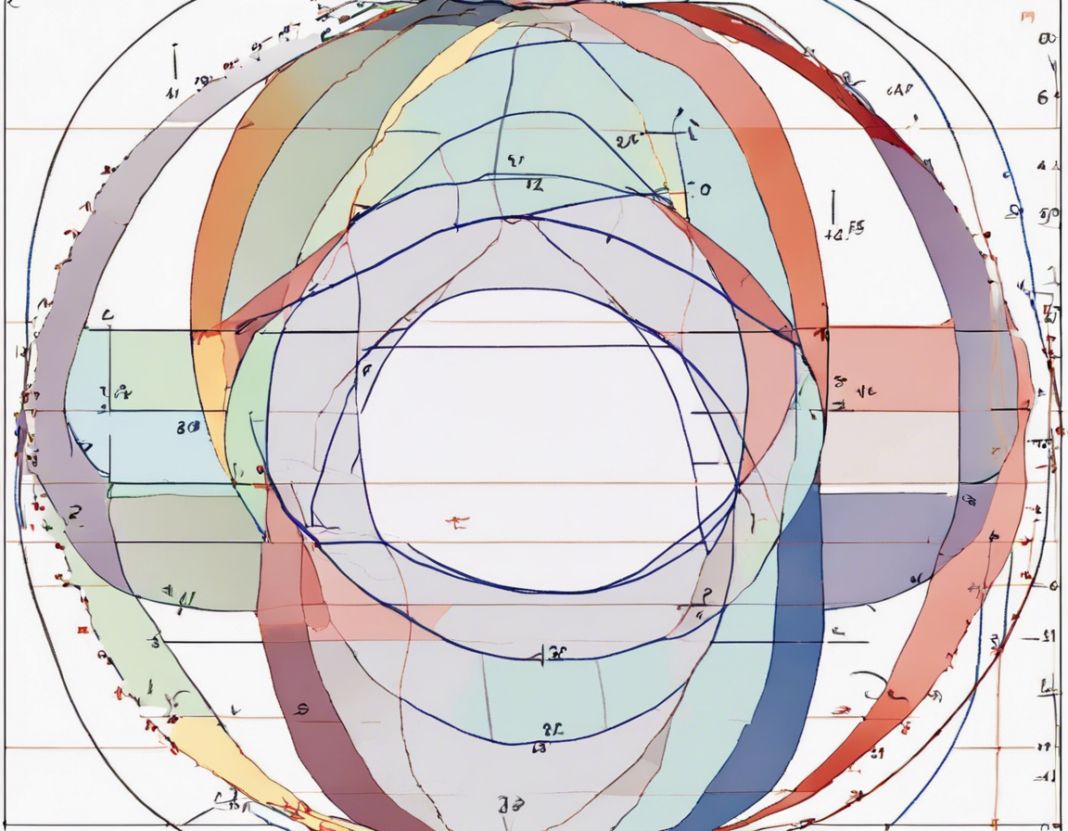Are you more likely to find a circle or a square with the same perimeter but different area? While this might seem like a simple geometry question, the relationship between the two shapes becomes more intriguing when you explore the concept in more detail.
Perimeter vs. Area
Perimeter is the distance around the outside of a shape, while area is the measure of the space enclosed by that shape. When comparing a circle and a square with equal perimeter, the way each shape utilizes that boundary to enclose area becomes evident.
Understanding Circles and Squares
Let us consider a circle and a square with a perimeter of 20 units each. This would mean that the circumference of the circle is (20) units and the perimeter of the square is also (20) units.
Circle’s Area
The formula for the circumference of a circle is (2\pi r), where (r) is the radius. In this case, if the circumference is (20) units, (2\pi r = 20), hence, the radius, (r = \frac{20}{2\pi}). The area of a circle is given by (\pi r^2), thus, the area of this circle would be (\pi(\frac{20}{2\pi})^2 = \pi \times 25 = 25\pi) square units.
Square’s Area
For the square with a perimeter of (20) units, each side would be (5) units ((20/4)). The area of a square is (side^2), thus, the area of this square would be (5^2 = 25) square units.
Comparison
While the circle has an area of (25\pi) square units, the square has an area of (25) square units. The relationship between the circle’s area and the square’s area with equal perimeter becomes apparent – the circle has a greater area than the square.
Ratio of Areas: Circle vs. Square
To find the ratio of the areas between the circle and the square with equal perimeter, we divide the area of the circle by the area of the square:
[ \frac{25\pi}{25} = \pi ]
Thus, when comparing a circle and a square with equal perimeter, the circle has an area that is π times larger than that of a square. This means that if you were to enclose the same distance with a circle and a square, the circle would always have a larger area.
Real-World Applications
The concept of equal perimeter but different area is not just a mathematical curiosity – it has practical applications as well. For example, consider a farmer who wants to fence off a pasture using a certain length of fencing. By using a circular fence instead of a square one, the farmer can enclose a larger area for the same amount of fencing material.
In construction, this principle can also be applied when designing structures with limited perimeter allowances but a need for maximum enclosed space. Architects and designers can benefit from utilizing circular shapes in such scenarios to optimize area utilization.
Frequently Asked Questions (FAQs)
-
Why does a circle have a larger area than a square with the same perimeter?
When a circle and a square have equal perimeters, the circle will always have a larger area due to the nature of the shapes. Circles have a more efficient way of enclosing space compared to squares, leading to a greater area for the same perimeter. -
Is the ratio of areas between a circle and a square with equal perimeter always the same?
Yes, the ratio of areas between a circle and a square with equal perimeter will always be π. This relationship is consistent and independent of the specific perimeter value. -
Can other shapes exhibit similar relationships between perimeter and area like circles and squares?
Yes, other shapes can also exhibit similar relationships. For example, equilateral triangles have a larger area compared to squares with the same perimeter. -
How does the concept of equal perimeter but different area impact urban planning?
In urban planning, maximizing space efficiency is crucial. By understanding the relationship between perimeter and area, city planners can utilize shapes like circles in parks or public spaces to ensure optimal area utilization within specified perimeters. -
Are there any disadvantages to using shapes with larger areas relative to their perimeters in practical applications?
While shapes like circles offer more area for a given perimeter, they may not always fit neatly into existing grid systems or building layouts. This can pose challenges in urban design and construction where standard shapes are more common.
By exploring the relationship between circles and squares with equal perimeter but different area, we gain insight into the efficiency and optimization of space utilization in various fields. Whether in math, real-world applications, or urban planning, understanding this concept can lead to more effective use of resources and design solutions.
